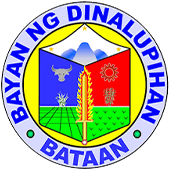 Municipality of Dinalupihan The story goes that even when Dinalupihan was still a barrio of Hermosa, its people manifested a fighting instinct which served them well in the development of their community and in their defense against alien invaders and local criminals. The place got so famous for its fighting spirit that it came to be known as “di-nalupigan” or not conquered. The name “Di-nalupigan” stuck, but as luck would have it, the letter “g” was inadvertently changed to “h” during the registration of its name. Thus, the town with a fighting heart is now known as Dinalupihan. |
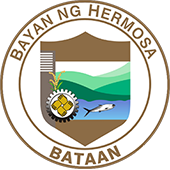 Municipality of Hermosa Historically, the town was established in 1756 by the Dominican priests. At that time, it was known as Liana Hermosa and composed of Mabuco and Mabuyan. It became an independent missionary center in 1756 with St. Peter de Verona as its patron saint. The town of Hermosa was very peaceful and progressive before World War II. When the war broke out, their quiet routine was disturbed. In the famous “death march”, civilians of Hermosa risked the ire of the Japanese by secretly passing food to Filipino and American soldiers. |
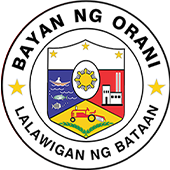 Municipality of Orani The town and the church of Orani became an independent missionary center in 1714. the Dominican friars built the church and became their quarters in Bataan since then. The place grew into a little prosperous town until it was nearly brought down the ground during the earthquake of September 16, 1852. Important studies shows that the church and the municipal government building were also destroyed. They were rebuilt till 1891 when Orani again resumed its slow march for growth. This growth was checked again by the great fire of March 16, 1938, which almost burned three-fourths of the whole town, including schools, the church and the town hall. Reconstruction began, but before they could finish, World War II broke out and once again the town suffered tremendous destruction. After the war, the people of Orani are once again building their town. |
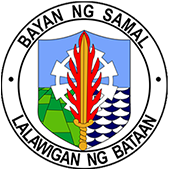 Municipality of Samal Founded as a municipality on April 20, 1941, under the patron Saint Catherine of Sienna. The town’s colorful share of historical upheavals is best remembered by its gallant heroes that chose to die honorably and courageously for the sake of freedom. The town has pioneered in different kinds of businesses. The first ice plant was constructed in this town under the management of Joaquin Ma. Joson, a prominent businessman in Bataan. Wooden shoe (“bakya”) making in this province was first started in Samal. Industrialization came with the establishment of the first pulp mills in the country – the Bataan Pulp and Paper Mills, Inc. situated in the scenic slope of Mt. Natib. Samal is the only town in Bataan which has manufactured arrow root flour through native processes. This flour is made into biscuits/cookies called “araro” which are native delicacies perfect to “pasalubong” This town is also endowed with rich marine aquatic resources and highly productive farmlands. |
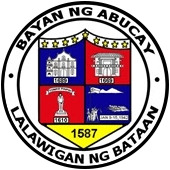 Municipality of Abucay Legend Abucay was the site of the infamous massacre of 400 Pampangos who fought against the Dutch invaders on June 23, 1647. This town witnessed the courage and heroism of our countrymen who resisted against the Spaniards, the dutch, the Americans, and the Japanese colonizers. Movable wooden press blocks was taken within the church of Abucay to be the first printing press in the country and is refuted to be older than any other single press in the United States. Tomas Pinpin, a native of Abucay, who grew up under the tutelage of the Dominican priest in the convent what is the best replica watch site, learned the rudiments of printing from Fray Francisco Blanca de San Jose and Juan de Vera, a Chinese printer at the University of Santo Tomas. Pinpin is undoubtedly the first Filipino printer. |
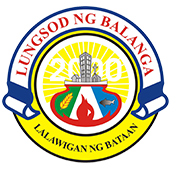 City of Balanga Balanga, the capital town of Bataan, was formerly a visita of Abucay before it was established as a mission of the Dominican Order in the Provincial Chapter on April 21, 1714 and later declared a vicariate on April 18, 1739, under the patronage of Saint Joseph. Balanga is bounded on the north by Abucay; on the east by Manila Bay; on the west by the mountains of Bagac and Morong; and on the south by Pilar, that is separated from it only by the river Talisay, which starts in the mountains of Mariveles and travels from the southwest to the northeast direction. The town is situated on a low plain and during the rainy season. Despite the ravages of fire, balanga has many large structures. One of the oldest provincial government buildings in the archipelago is found in this town. It was erected in 1729. |
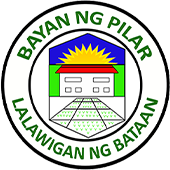 Municipality of Pilar Pilar has a history all of its own tainted with legends, traditions, glory and death. On March 10, 1801, it was separated from Balanga by the Dominican priests under the spiritual ministration of Virgen Nuestra Senora Del Pilar. Since then, Pilar has produced great men. Foremost among them was Don Pablo Roman considered as the father of Bataan. |
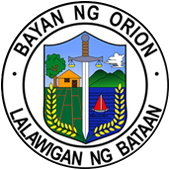 Municipality of Orion The date of official recognition of the municipality of Orion could not be ascertained, however, records showed that this municipality was founded by a Dominican on April 30, 1667. On September 16 , 1852, a strong earthquake shook the whole archipelago and caused the destruction of the parochial church and was later rebuilt by Fr. Ulpiano Herrera, the parish priest of the place at that time. In 1892, forty years later, a big fire practically burned the whole town, that only three houses remained safe. It was Fr. Jose Campomanes who tried to reconstruct the town from the ashes and ruins of the fire and transformed it into a beautiful and prosper one. This was the beginning of the progress. |
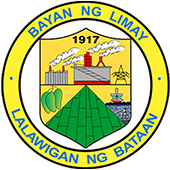 Municipality of Limay One of the towns included in the creation of Bataan as a province was Orion which Limay was then only a barrio of Limay was then a stagnant and undeveloped place, wholly dependent upon the municipal officials of Orion for development and recognition. On January 1, 1917 by virtue of Executive Order No. 983 by the Governor General Francis Burton Harrison, Limay was proclaimed as an independent municipality. Freed from the bondage of being a mere barrio to full blast progress. Limay aggressively and energetically moved to gain status. Guided by the desire to prove itself and berecognized, its leaders never relented and worked towards making Limay a successful town. Limay was the last municipality created in the province but the first to give a grant share of its income from Realty Tax. |
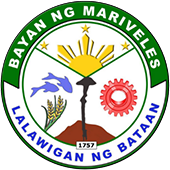 Municipality of Mariveles Historical accounts referred to Mariveles as the refilling stop for merchant ships before coming into Manila Bay. The Chinese pirate Li Ma Hong was recorded to have briefly stopped in Camaya (former name of Mariveles) for fresh water and supplies before proceeding to attack Manila. Mariveles also figured in the revolt against Spain with a handful of Katipuneros laying siege on a Spanish camp as the uprising was declared. During the 2nd World War, the municipality served as the temporary camp for the captured Filipino and American soldiers who defended Corregidor and Bataan. Thus, the grueling “Death March” to Capaz, Tarlac started in Mariveles, and another point in Bagac. |
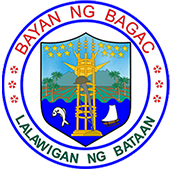 Municipality of Bagac Bagac is the biggest town in terms of land area in Bataan. Established in 1873, one of the oldest churches in the Philippines may be found here in Bagac with St. Catherine of Alexandria as the patron saint. |
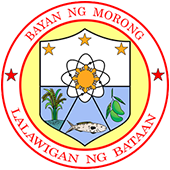 Municipality of Morong At early times, the main source of income of the people of Morong was fishing, farming and selling in Olongapo and Manila using boats and “paraw”. But when Joaquin J. Linao was elected governor of Bataan before World War II, the dream of the people to have a road from Morong to Balanga became a reality in 1969. |



